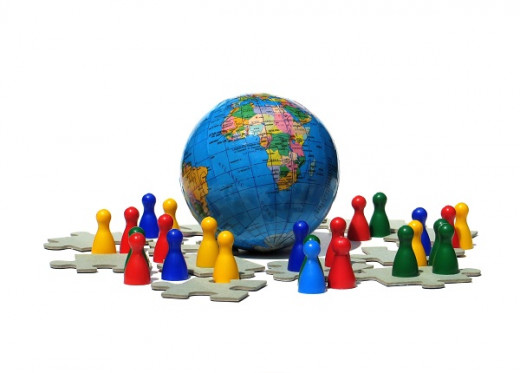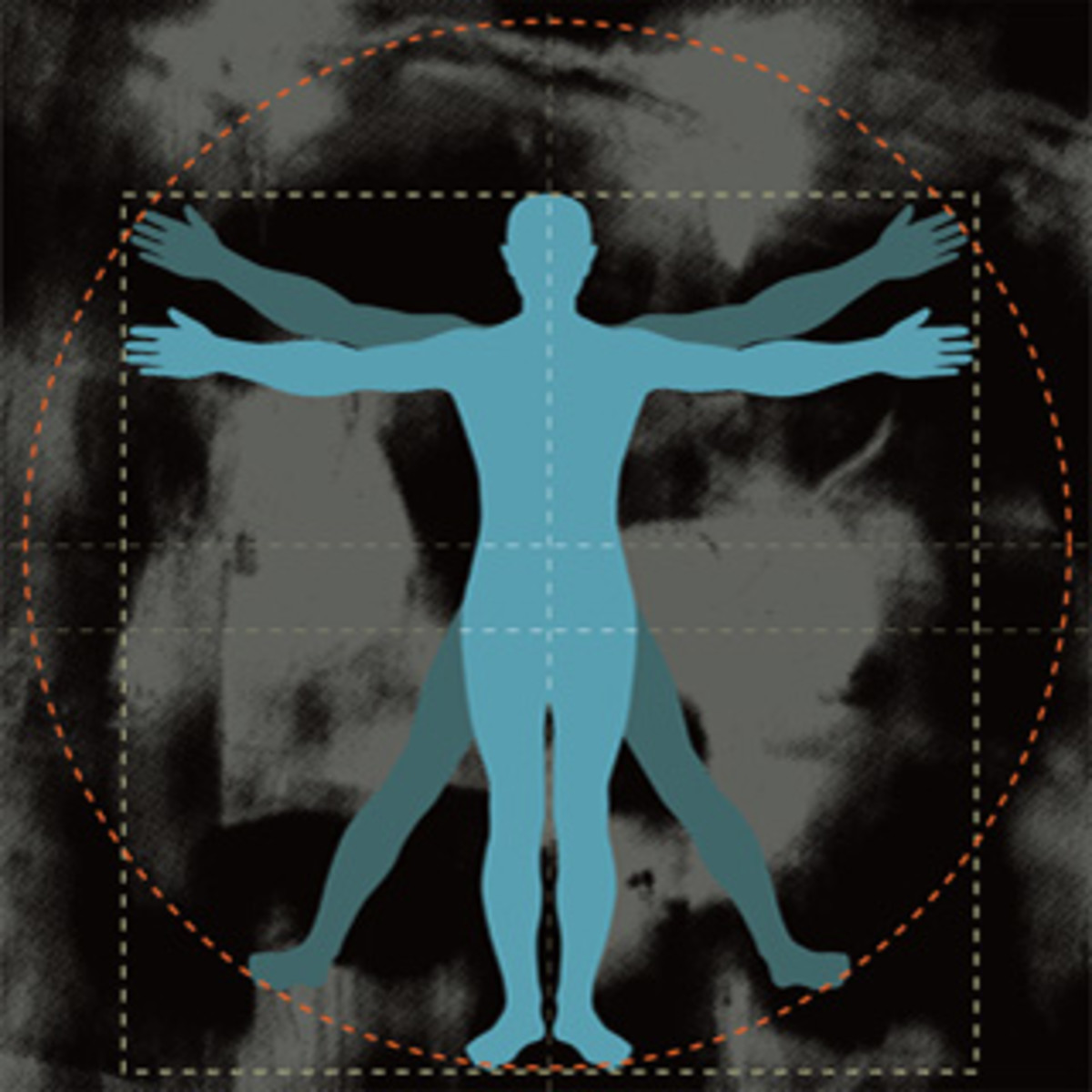4 Gamification examples in business

Great book about gamification in business by Kevin Werbach and Dan Hunter
1st Gamification example in business - Nike+
First example of gamification is Nike+. Nike makes running shoes and Nike want people to run more. They developed the device, that fits into the shoe and it tracks every single step you take while you are running. The device knows how fast or far you are running and it communicates wirelessly with smartphone or pc. It pushes all your data to the application that makes your experience of running more game-like.
Nike+ applications has some functions like telling how far or fast you run, you longest run, your best times and various other tracking data. You can compare yourself to previous times, but was is really interesting is that you can get goals and challenges. If you are successful at goals, you get a trophy or a medal. You can also compete against friends or get encouragement from them. All of these are expanding the experience of running and makes it feel more like a game. You are not sitting down near your computer and playing a running game. You are not seeing how fast your character in the screen is running, you are running yourself. The game structure around your activity helps to encourager you and to make all experience of running feel somehow richer and more rewording.
"Suddenly, gamification is the hot new business concept, with many of the world's most admired companies signing on." - Fortune magazine
Gamification in business
2nd Gamification example in business - Zombies RUN!
This example also for the purpose of getting people to run, but looks very different. It is called "Zombies RUN!" and the theme here is that you are chased by an army of zombies. It might seem as an usual game, only here the goal is not to make you sit indoors with your smartphone and play a game. The goal is to grab your phone, go outside and run. While you are running you can run from zombies and if won't - you will be caught and your brains will be eaten. On your phone you can see a map with zombies location. While running you can get power-packs to get special powers or go faster, your friends can get in the mix as well. The game itself is quite simple, but suddenly it adds another dimension to the experience of running.
Nike+ and Zombies RUN! are quite different programs, but as you can see they both are for the task which is outside the game itself - to make people run. Both are using some game mechanics to make it more engaging and fun. That is a great example of gamification.
"Striving to make everyday business tasks more engaging, a growing number of firms... are incorporating elements of videogames into the workplace." - Wall St. Journal
Who is Gamifying?
This list can be countless. A lot of companies are gamifying. Big enterprise and small companies. Here are few of them:
- Microsoft
- Nike
- SAP
- American Express
- Major League Baseball
- Salesforce.com
- AXA Equitable
- CodeAcademy
- Deloitte
- Samsung
- EMC
- Froursquare
- Stack Overflow
- USA Networks
- LiveOps
- Dell
- Kaiser Permanente
- Foot Locker
- Opower
3rd Gamification example in business - Language Quality Game
The third example is an internal example from Microsoft. Microsoft has a big challenge - they publishes software like Windows and Office to hundreds of different countries and millions of people who speak dozens of different languages. It is a real challenge to make such software work well. They have a large group of people involved in testing and quality assurance, but even such big company as Microsoft can't look through everything. Think about it, Windows are available in many different languages and not necessarily there are local offices to check all the localization of the software. So what the Microsoft's test group did on that case, dealing with localization of Windows, was a genius - they gamified it. They have developed a game called "Language Quality Game" that was used by Microsoft internally to test localization of Windows 7. In the game you get a dialog box in your language and you check if everything is correct. If you find a mistake, you can mark that box as bad, if not - as correct. In that way Microsoft's employees voluntarily looked through all boxes and found bugs. They felt, that they are doing some great job for their company. They were already happy about that, but there were a leader board which showed their office performance. Offices wanted to make their language localization the best in the company and they started to compete.
The task itself was really boring - just to look to the boxes and check if all phrases are correct. The fact, that it was putted into the game-like framework led to very significant results:
- 4500 Microsoft's employees were willing to sit for free and find bugs
- Reviewed over 500,000 dialog boxes
- Reported 6700 bugs
- Hundreds of significant fixes done
The gamification was the mechanism that encouraged people to take this action. This game was internal, it wasn't for money, it was for internal corporate citizenship around they normal job. Game-like structure made it fun and enjoyable, so people were participating.
More examples of gamification in business
4th Gamification example in business - Club Psych
Club Psych was set up by USA Network, US cable channel for one of their popular shows called Pysch. they had a regular site for the show, but few years ago they set up a new - gamified website. The main purpose of new website was to make people more engaged with the show. New site used many game-mechanics.
Club Psych uses such games elements as rewards, challenges, badges, leader-board, points and avatars. So you can do various thing that gives you points. The points earn you a reward. You can even earn badges. You can earn badges if you are watching the show, so it is connected to the show and people have to watch it if they want to be successful in this game. The new gamified website is like an extension of the show.
Here are the results of gamification of the show with their new website. They were pretty successful:
- Overall traffic on the USA Network site increased by 30%
- Online merchandise sales increased 50%
- Pageviews increased 130%
- Psych content shared 300,000 times on Facebook, reaching 40 million users
The audience for the Psyched is only about 4-5 million, so it was a big marketing bump for them by these relatively simple, but well implemented game mechanics.
Please rate and comment! Thank you for reading.








